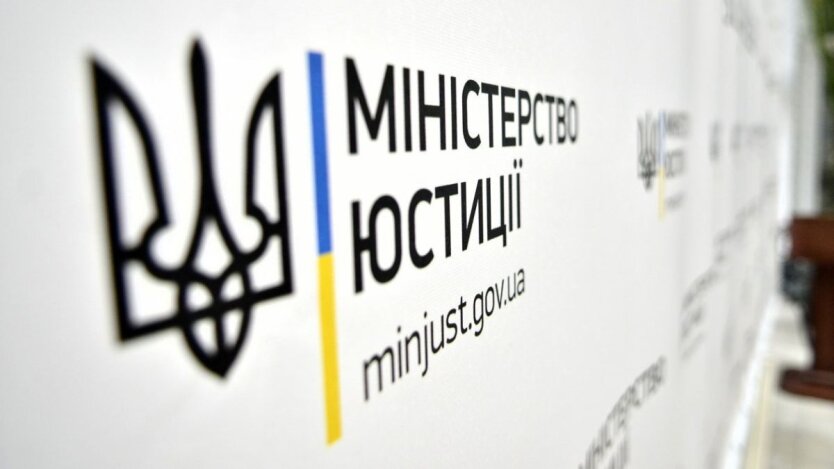The campaign for fair elections has started in Ukraine.


The February personal consumption expenditures (PCE) index indicated that inflation was exceeding the target level, continuing to exceed this threshold despite all attempts by the central bank to curb inflation.
The Commerce Department reported on Friday that the personal consumption expenditures (PCE) rose by 0.3% from the previous month and by 2.5% year-on-year. These figures align with economists' estimates surveyed by LSEG.
The core PCE, which excludes volatile food and energy prices, increased by 0.4% month-on-month and by 2.8% compared to last year, slightly above forecasts of 0.3% and 2.7%, respectively.
Federal Reserve policymakers are focusing on the overall PCE indicator, attempting to reduce the rate of price growth to the target of 2%, although they consider core data a better inflation indicator. The overall PCE has not changed since January and stands at 2.5%, while the core PCE has risen from 2.6% last month.
THE FEDERAL RESERVE MAINTAINS THE KEY INTEREST RATE AMID UNCERTAINTY IN THE ECONOMY AND INFLATION
Goods prices rose by 0.4% year-on-year in February, which is a slower pace than the 0.6% recorded in January - although goods prices had previously been relatively stable or even decreasing in previous months. Service prices increased by 1% in February, slightly slower than the 1.6% year-on-year growth recorded last month.
SHORT-TERM ECONOMIC EXPECTATIONS OF CONSUMERS HAVE DECLINED TO THEIR LOWEST LEVEL IN 12 YEARS, SPARKING RECESSION WARNINGS
Wages increased by 0.4% month-on-month in February compared to 0.2% last month.
The personal saving rate as a percentage of disposable income stood at 4.6% in February, up from 4.3% last month, remaining within a range of 3.3% to 4.3% during the second half of 2025.
TRUMP MOCKS THE AUTHORITIES IN THE ABSENCE OF A PRICE CUT
The Commerce Department's report comes as the Federal Reserve is assessing economic data ahead of its next policy meeting in May, regarding inflation tracking and labor market status.
Federal Reserve Chair Jerome Powell stated at a press conference last week, when the Fed kept rates unchanged for the second consecutive meeting, that the central bank is in no hurry to lower rates and plans to assess the impact of Trump's tariffs on inflation.
'It seems the Fed, which is still in wait-and-see mode, should wait even longer,' said Ellen Zentner, Chief Economic Strategist at Morgan Stanley Wealth Management. 'Today's inflation reading, which turned out to be higher than expected, was not exceptionally hot, but it will not accelerate the Federal Reserve's timeline for rate cuts, especially given uncertainty over tariffs.'
GET FOX BUSINESS ON THE GO BY CLICKING HERE
Market expectations indicate that the Federal Reserve will not change rates for the third consecutive Time when it meets in May. The probability that the rates will remain unchanged on Friday was slightly over 90%, greater than the 85% noted a week ago, according to CME FedWatch.
Read also
- Ukraine's accession to the EU at the expense of the aggressor: proposal by the NBU head
- The Ministry of Education has updated the rules for distance learning: what will change
- Ukrainians will buy firewood at a price twice lower than the market rate
- The Ministry of Justice proposes to criminalize circumvention of sanctions
- Ukraine resumes cooperation with the European Space Agency
- Subletting state land: how much Ukrainians pay per hectare










